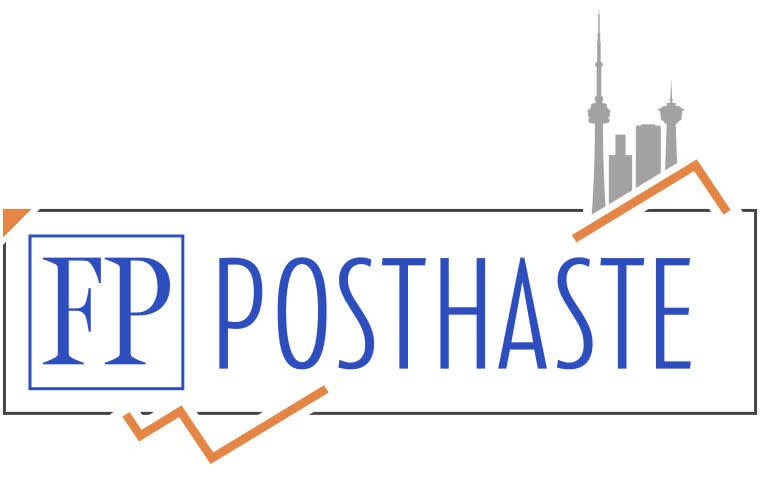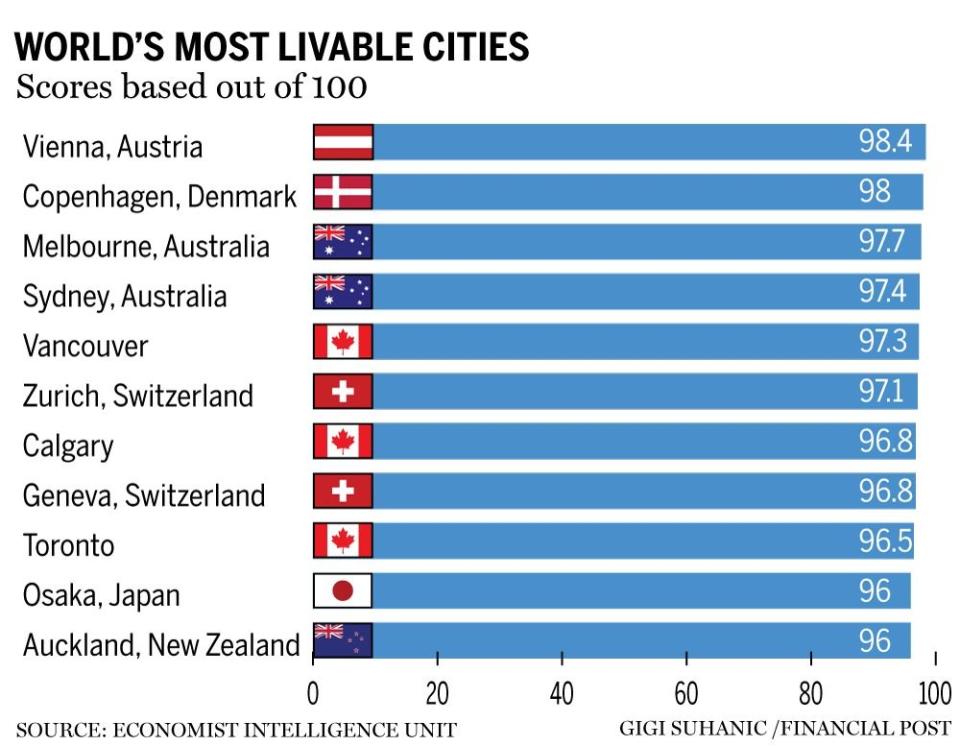Posthaste: Think gas prices are done fuelling inflation and interest rate hikes? Think again


Consumers and businesses could be looking at more interest rate hikes as persistently elevated prices for gasoline and natural gas get permanently baked into the cost of goods and services, according to one economist.
The post-pandemic period ranks as the worst of five oil shocks starting in the 1970s when it comes to the rapid and sharp increase in gasoline prices, which peaked at 80 per cent higher than prior to COVID-19, said Charles St-Arnaud, chief economist at Alberta Central. Gasoline prices have since moderated, but they are still 40 per cent above their pre-pandemic levels.
“One little-mentioned fact is that the post-pandemic energy shock had a bigger and more rapid impact on inflation than any other energy shock in recent Canadian history,” he said in a report released on June 22. “As a result, we can expect that the impact on prices in the broader economy may have also been of a bigger magnitude than in the previous episodes and could explain the persistence in core measures of inflation.”
Indeed, “the persistence of elevated core inflation” was among the main reasons cited by the Bank of Canada for hiking its benchmark lending rate to 4.75 per cent earlier this month. Now, markets are pricing in a 70-per-cent chance of another increase at the bank’s meeting on July 12.
The latest 25-basis-point increase added to a series of eight consecutive hikes that started last year in an attempt to cool inflation to the central bank’s target of two per cent. The most recent inflation data shows that target has remained elusive.
The consumer price index accelerated in April to 4.4 per cent from a year ago, compared with a 4.3 per cent increase in March, according to Statistics Canada. Core inflation, which excludes food and energy, rose 4.2 per cent in April on an annualized basis, still well above the Bank of Canada’s preferred range of one to three per cent.
Much attention has been given to the direct impact of the cost of gasoline on inflation, St-Arnaud said, but focusing more on how those costs “spill over” into other parts of the economy provides a better read on inflation and where the Bank of Canada is headed on interest rates.
For example, elevated gasoline prices is one reason trucking freight costs remain 25 per cent higher than before the pandemic. Those elevated freight costs “have likely been passed on, in part, to customers,” the Calgary-based economist said.
“This can partly explain why inflation for goods, excluding food and energy, has only moderated slightly and remains above four per cent,” he said, adding that businesses are also more likely to pass on higher energy costs because consumers have now come to expect elevated prices.
Gasoline isn’t the only energy product where prices remain stuck above pre-pandemic levels. Natural gas prices are 40 per cent higher and the resulting higher utility costs are likely spilling over into many areas, even financial and legal services, health care and education.
Many economists believed that costs would moderate based on easing supply chains. But St-Arnaud cautioned that the “second-round impacts” of energy and transportation costs could more than offset loosening supply chains, leading to the “stickier” inflation the Bank of Canada has been warning about.
“In our view, this could support further rate increases this year, especially in light of continued resilience in the demand side of the economy, with robust consumer spending and labour market,” he said. “Furthermore, it could justify another BoC hike again sooner rather than later.”
We’ll get a glimpse at how likely that prospect is on June 27 when Statistics Canada reports inflation for May.
_____________________________________________________________
Was this newsletter forwarded to you? Sign up here to get it delivered to your inbox.
_____________________________________________________________


Three Canadian cities have made a list of the world’s top 10 most livable, though two slipped in the rankings from last year as other cities muscled their way to higher scores, according to a long-running ranking of 173 metropolises.
Read the full story here.
___________________________________________________
The Greater Vancouver Board of Trade’s Diversity and Inclusion Leadership Council holds its second annual equity, diversity and inclusion forum
Today’s data: Statistics Canada releases travel figures between Canada and other countries for April 2023; S&P global U.S. composite purchasing managers index
Earnings: Birks Group Inc.
___________________________________________________

_______________________________________________________
Taxpayer’s ‘genuine’ TFSA contribution mistake still leads to CRA tax and penalty
Poor quality of job seekers top contributor to Canada’s ‘broken’ hiring process
Costly divorce leaves this 61-year-old woman wondering if she can ever retire
Mining association launches regulations to diversify mostly ‘male and white’ industry
_______________________________________________________
Individual investors have been buying into private assets. The funds are designed to be tradable like other retail products, but largely hold assets that are slow to transact. In other words, liquid products invested in illiquid assets. This mismatch isn’t a problem in good times when money is flowing in. It only comes into play when the outlook deteriorates and there’s a surge of redemptions, which we’re starting to see now. Tom Bradley explains.
____________________________________________________
Today’s Posthaste was written by Gigi Suhanic, (@gsuhanic), with additional reporting from The Canadian Press, Thomson Reuters and Bloomberg.
Have a story idea, pitch, embargoed report, or a suggestion for this newsletter? Email us at posthaste@postmedia.com, or hit reply to send us a note.

 Yahoo Finance
Yahoo Finance 



